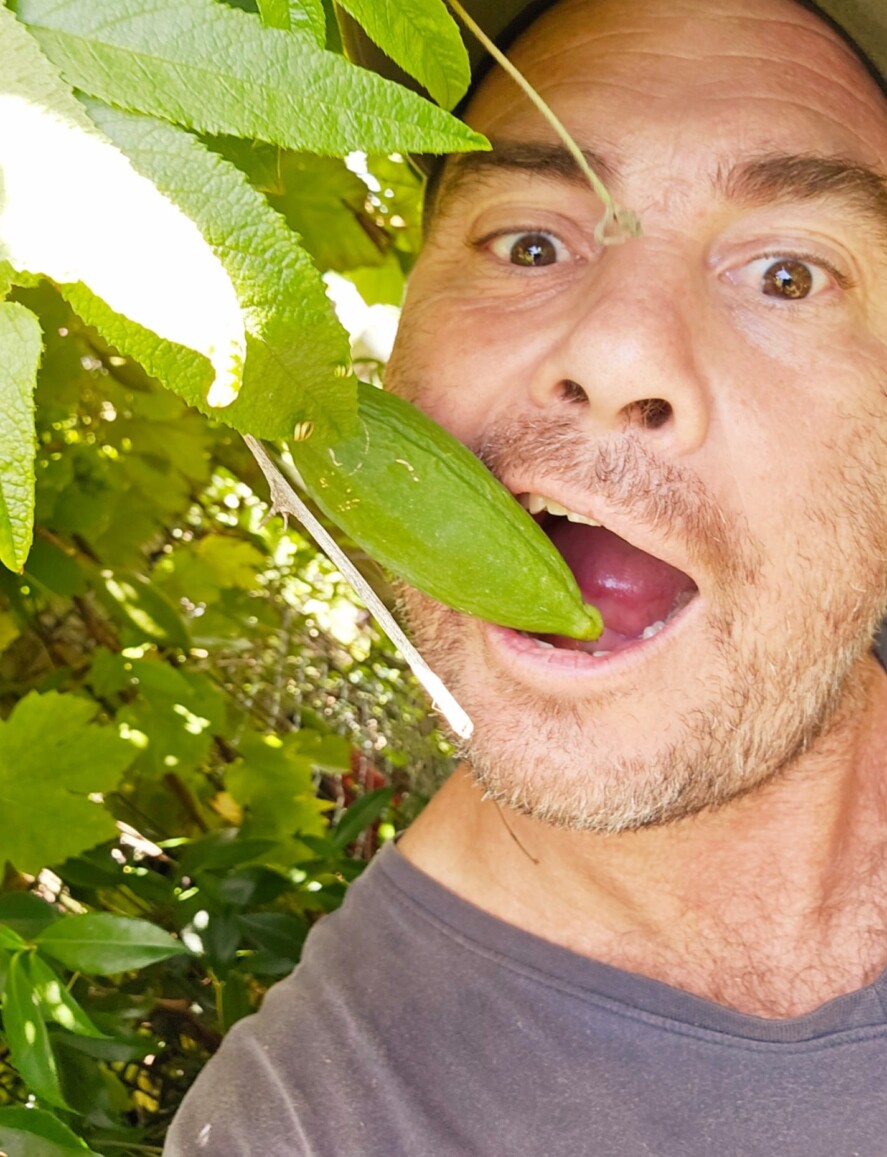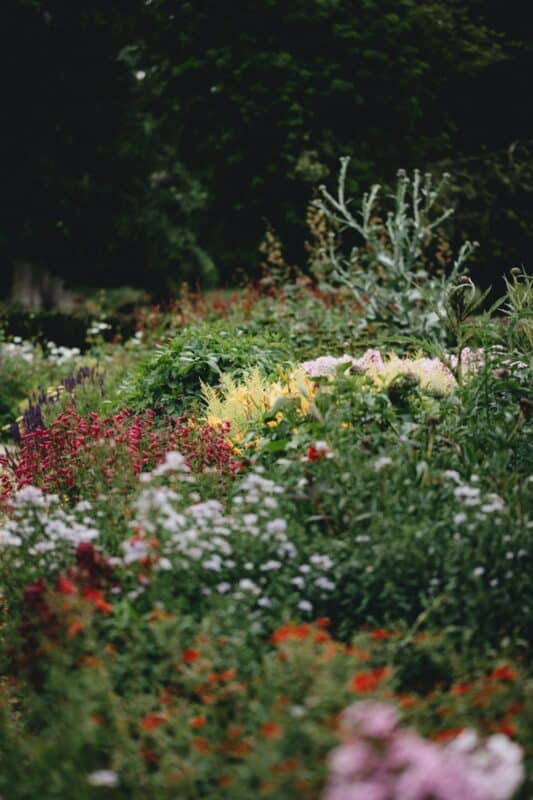-
Troppo Plant & Garden Articles
- Te Puke Region
- TROPPO’s Food Forest in Te Puke, BOP (www,foodforest.org.nz)
- Troppo’s Plant Collection
- TROPPO's Nursery Directory
- Food Forests of New Zealand (www.foodforests.nz)
- Nursery Map - Plant Suppliers of NZ Directory (www.nurserymap.nz)
- Kids Garden Corner
- New Zealand Garden Bird Survey
- New Zealand Garden Groups
- Delicious Recipes
How can I rejuvenate my patchy lawn?

Question. My lawn is not growing very well. It is patchy. What can i do to rejuvenate the lawn and when?
Answer. Having a lush, green lawn is a dream for many homeowners, but sometimes, despite our best efforts, the grass just doesn’t grow as well as we’d like. If your lawn is patchy and struggling, don’t worry—there are several steps you can take to rejuvenate it and restore its beauty. Here’s a comprehensive guide to help you revive your lawn and enjoy a healthy, vibrant yard.
Understanding the Causes of Patchy Lawns
Before diving into the solutions, it’s essential to understand what might be causing your lawn to become patchy. Common causes include:
- Poor Soil Quality: Compacted or nutrient-deficient soil can hinder grass growth.
- Improper Watering: Overwatering or underwatering can stress the grass, leading to patchiness.
- Shade: Lack of sunlight in certain areas can prevent grass from thriving.
- Pests and Diseases: Insects, fungi, and other pests can damage grass roots and blades.
- Heavy Foot Traffic: Frequent use of certain areas can compact the soil and damage grass.

Photo by Andy Henderson on Unsplash
Steps to Rejuvenate Your Lawn
1. Assess and Improve Soil Quality
Start by testing your soil to determine its pH level and nutrient content. You can purchase a soil test kit from a garden center or send a sample to a local extension service for analysis. Based on the results, you can amend the soil as needed:
- Add Lime or Sulfur: If the soil pH is too low (acidic) or too high (alkaline), add lime or sulfur to adjust it to the optimal range (6.0-7.0).
- Fertilize: Apply a balanced fertilizer to provide essential nutrients. Choose a slow-release formula for sustained feeding.
- Aerate the Soil: Use a lawn aerator to create small holes in the soil, allowing air, water, and nutrients to penetrate deeper and alleviate compaction.
2. Reseed Patchy Areas
To fill in bare spots and improve lawn density, overseeding is an effective method. Here’s how to do it:
- Choose the Right Grass Seed: Select a grass variety that is suited to your climate and the specific conditions of your yard (sun, shade, drought tolerance).
- Prepare the Soil: Rake the patchy areas to remove debris and loosen the soil. Add a thin layer of compost or topsoil if needed.
- Sow the Seeds: Evenly spread the grass seeds over the prepared areas. Lightly rake to ensure good seed-to-soil contact.
- Water Properly: Keep the soil consistently moist until the seeds germinate and the new grass establishes. Avoid overwatering to prevent fungal issues.
3. Adjust Your Watering Practices
Proper watering is crucial for a healthy lawn. Follow these guidelines:
- Water Deeply and Infrequently: Water the lawn deeply (about 1 inch per week) to encourage deep root growth. Water in the early morning to reduce evaporation and fungal risks.
- Use a Sprinkler System: If possible, use a sprinkler system with timers to ensure even and consistent watering.
4. Control Pests and Diseases
Inspect your lawn regularly for signs of pests or diseases. If you identify an issue:
- Use Appropriate Treatments: Apply insecticides, fungicides, or natural remedies as needed. Follow the instructions carefully to avoid harming beneficial insects and the environment.
- Maintain Lawn Health: A healthy lawn is less susceptible to pests and diseases. Regular mowing, fertilizing, and watering help keep the grass strong.
5. Manage Shade and Foot Traffic
If shade or foot traffic is a problem:
- Trim Trees and Shrubs: Prune back overhanging branches to increase sunlight penetration.
- Create Pathways: Install stepping stones or pathways in high-traffic areas to reduce soil compaction and grass damage.
When to Rejuvenate Your Lawn
The best time to rejuvenate your lawn depends on the type of grass you have:
- Cool-Season Grasses (e.g., fescue, bluegrass): Early fall or spring is the ideal time for overseeding and other rejuvenation efforts.
- Warm-Season Grasses (e.g., Bermuda, zoysia): Late spring to early summer is the best time to tackle lawn improvements.
Conclusion
Reviving a patchy lawn takes some effort, but with the right steps, you can transform it into a lush, green oasis. Assess and improve soil quality, reseed bare spots, adjust your watering practices, control pests and diseases, and manage shade and foot traffic for the best results. With patience and consistent care, your lawn will be the envy of the neighborhood!
Happy gardening, and here’s to a healthy, vibrant lawn!














